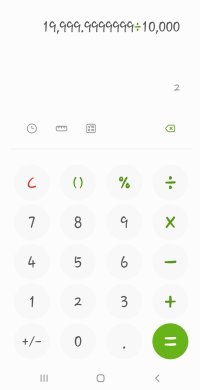Agent Smith
Junior Member
- Joined
- Oct 18, 2023
- Messages
- 84
[imath]5y + 3 = 53[/imath]When solving for Y in the expression below, I got the wrong answer by dividing 5 from both sides after the first simplification. I then got the right answer by subtracting 3 from both sides after the first simplification. Although I did the same thing in both attempts, I only got it right in the second attempt. How was I supposed to know that I had to subtract 3 before I could divide 5?
2+(5y+1)=53
5y+3=53
y+3=10.6
y=7.6
2+(5y+1)=53
5y+3=53
5y=50
y=10
(I cannot ask my teacher this question because I do not have a teacher. I never received an education in math. If this question is too simple then what are some resources I can use to understand this instead?)
[imath]5y + 3 = 5(10) + 3[/imath]
[imath]y + 3 = 10 + 3[/imath] (dividing by 5)
[imath]y = 10[/imath]

